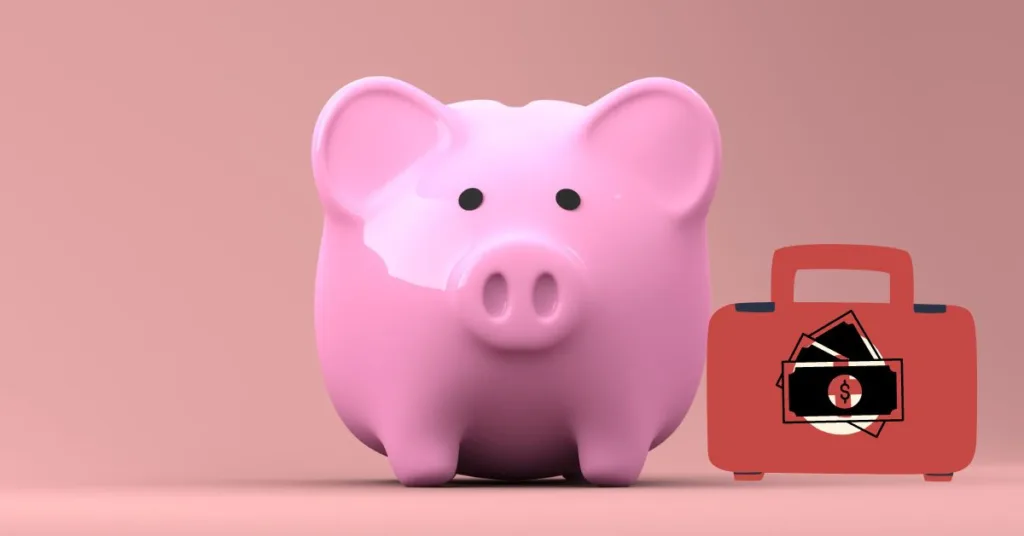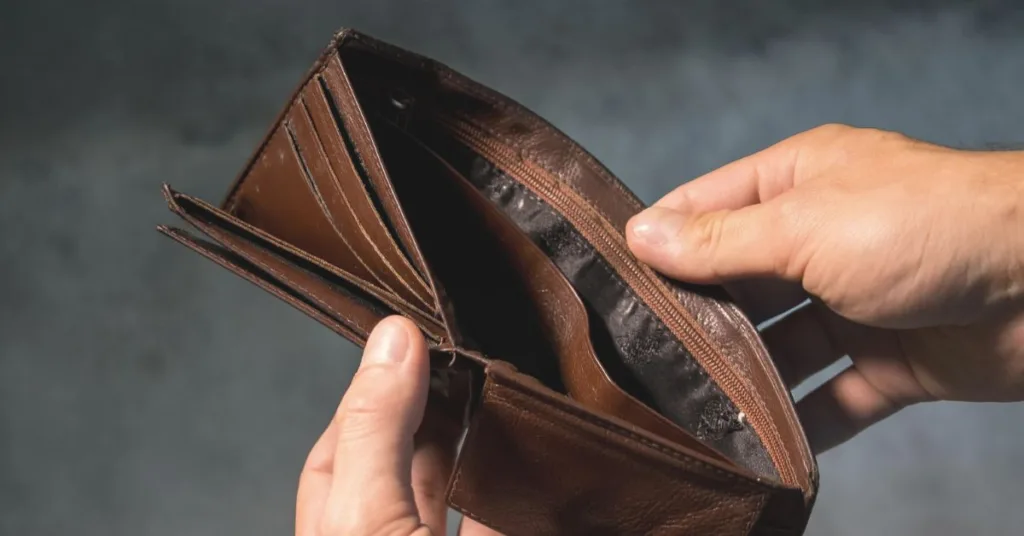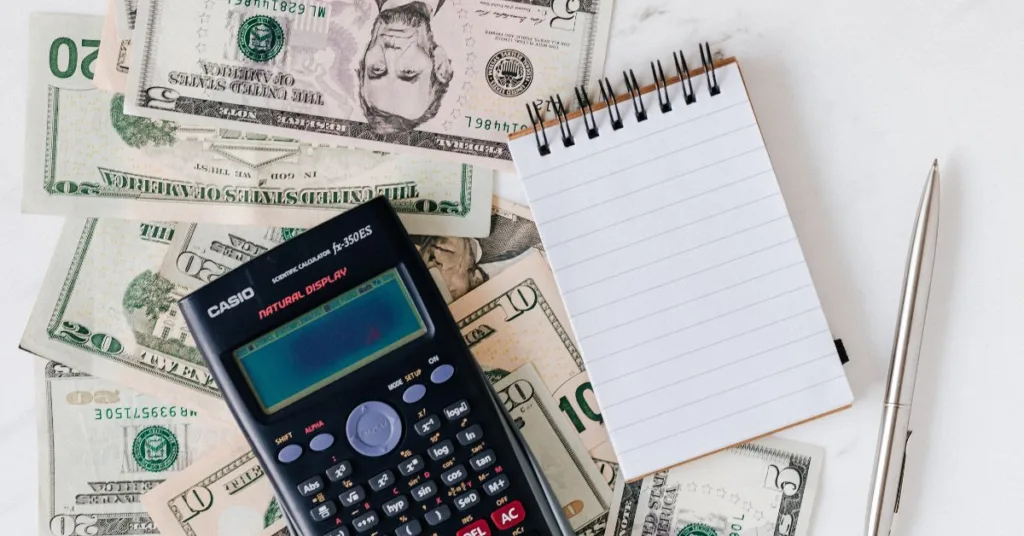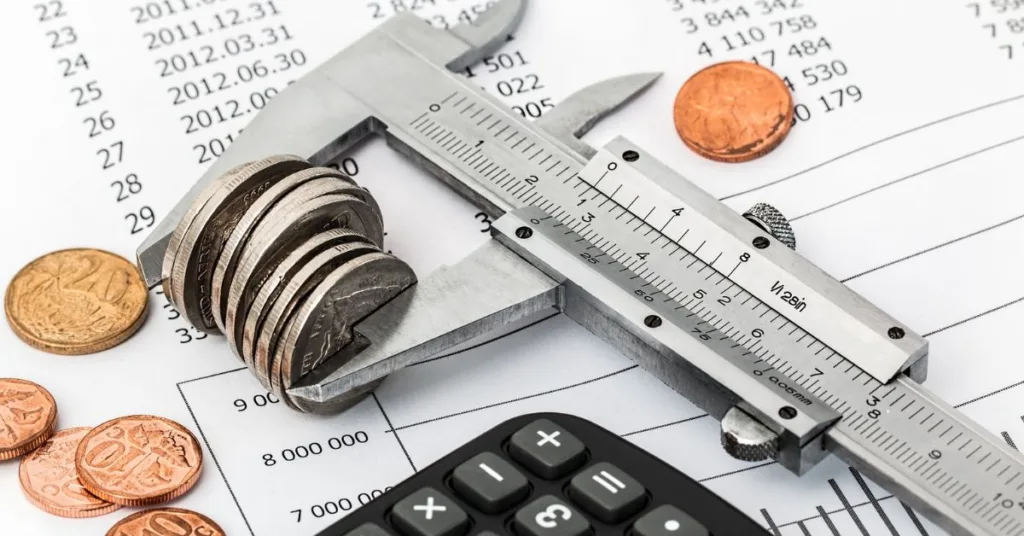This post may contain affiliate links to products or services. I may receive a commission for purchases made through these links with no cost on you. Please read my disclosure for more information.
Life is full of surprises, and having an emergency fund creates a financial safety net when the storms of life hits you!
Having a solid financial foundation can make all the difference when challenges arise.
One important tool every beginner should have in their financial toolkit is an emergency fund.
In this post, you’ll learn the basics of what an emergency fund is, why you need one, and how to get started on building your own financial safety net.
WHAT IS AN EMERGENCY FUND?
An emergency fund is like a financial safety net or cushion that provides peace of mind during unexpected circumstances.
It’s a dedicated savings account designed to cover unforeseen expenses such as medical emergencies, sudden job loss, or car repairs, without devastating your financial stability.
WHY YOU NEED AN EMERGENCY FUND?
1. For Your Financial Peace Of Mind
Knowing you have a financial buffer allows you to face unexpected expenses without the stress of wondering how to cover them.
2. To Avoid Debt
It helps you avoid resorting to credit cards or loans during a crisis, preventing the accumulation of high-interest debt.
3. To Maintain Your Financial Stability
With a safety net, you can navigate financial setbacks without jeopardizing your monthly budget or long-term financial goals.
The best time to book a flight is on Tuesday or Wednesday. That’s because most people are looking for flights over the weekend, so you can find some great deals if you have patience!
I first learned this trick from my flight attendant friends – and I can now confirm it works amazingly well! I’ve saved thousands of dollars by simply following this one travel hack.
HOW MUCH SHOULD YOU SAVE FOR EMERGENCY FUND?
While there is no one-size-fits-all answer, a common recommendation is to aim for at least three to six months’ worth of living expenses.
You can start small then gradually increase your savings over time. The key here is consistency that will eventually build your habit.
HOW TO GET STARTED
1. Set a Clear Goal
Define the purpose, whether it’s for medical emergencies, unexpected car or home repairs, or job loss. Give a name to your fund so it will only be use for that purpose.
You can start at 3 months living expenses and go until 6 months after you feel comfortable in doing it.
2. Create a Budget
After defining the purpose and target amount, you should also need to make an action plan.
Evaluate your monthly income and expenses to determine how much you can comfortably set aside each month for your fund.
You should set a realistic target amount to keep you motivated.
Example: My goal is to build an emergency fund in case I lost my job. I will save 3 months of my living expenses by setting aside 500 each month.
Recommended reading: 7 Steps in Making a Budget
3. Open a Dedicated Savings Account
Keep your fund separate from your regular savings to avoid accidental spending.
It is true that there is a tendency to spend this fund if it is tied up to another savings account.
4. Automate Your Savings
Set up an automatic transfer from your main account to your fund account to ensure consistent contributions
WHEN SHOULD YOU USE YOUR EMERGENCY FUND?
Use for Legitimate Emergencies Only: Reserve your fund for genuine unexpected expenses rather than discretionary spending.
Replenish It Promptly: If you dip into your fund, make it a priority to replenish it as soon as possible to maintain its effectiveness.
CONCLUSION
Building and maintaining an emergency fund is a fundamental step towards financial security.
As a beginner, taking these initial steps will set you on the path to financial flexibility.
Start small, stay consistent, and watch how your savings fund becomes an asset in navigating life’s unpredictable moments.
Remember, when unexpected financial challenges arise, those with an emergency fund are better equipped to weather the storm without falling into financial suffering.
Financial peace of mind is a journey, not a race.
ACTION PLAN
1. Define your goal, purpose, and target for your emergency fund.
2. Download my FREE Emergency Fund Calculator and list down all your income and expenses.
3. Decide how much you can allocate each month.
4. Open a separate savings account at your local bank.
5. Set up automatic transfer to your emergency fund each month.





